Serrapeptase: Post Minor Surgery Safety Guide
Serrapeptase, or what is commonly known as the miracle enzyme is quite a versatile proteolytic enzyme synthesized by the non-pathogenic Enterobacteriaceae Serratia mercens. It was first discovered as the enzyme that silkworms use to break down their scar-tissue-like cocoon. Though currently synthesized by cell cultures, Serrapeptase is still associated with silkworms in the minds of many. (1)
The "miracle" in Serrapeptase comes from its directly targeted proteolytic (breaking down) effect. As a proteolytic enzyme, it only targets scar tissue, dead tissue, dying tissue and inflammatory markers. Such functionality adds to the safety profile of the enzyme as it means that healthy tissues are not targeted by the breaking down function of the enzyme. (2)
Blog Contents
As most illnesses have some form of inflammatory nature to them, research has demonstrated the effectiveness of Serrapeptase for many pain-related complaints including, but not limited to, rheumatoid arthritis, back pain, post-surgical swelling, vascular engorgement conditions as well as atherosclerosis. (1)
Though highly versatile and of considerable safety profile, Serrapeptase use with surgical interventions is advised to take place under medical supervision. The following are common considerations to talk to your naturopath about prior to initiating post-surgical Serrapeptase use:
- When should I start to take Serrapeptase?
- What should I expect from taking Serrapeptase?
- How much Serrapeptase should I take?
- When will I stop Serrapeptase?
- What conditions should I expect Serrapeptase to work for?
- What should I be cautious about when using Serrapeptase?
- Is it possible for a child to use Serrapeptase post-surgically?
The answers to those questions are highly variable as the starting physiology of the individual determines those answers, however, to empower you through the conversation with your healthcare provider, consider the following general tips:
Serrapeptase for Surgical Interventions
When Should I Start Taking Serrapeptase?
Serrapeptase is a fibrinogenolytic enzyme. This means that it breaks down something called fibrinogen, the precursor to fibrin. Fibrin is the mesh that holds down blood clots (1). While there is a lot of negative talk about blood clotting, the coagulation cascade is actually an incredible physiological life-saver. Healthy coagulation is needed for optimal body function. Thus, prior to surgery, it is always advised to discontinue serrapeptase 2 weeks before surgery.
If you have established the safety of serrapeptase for your post-surgical recovery, be sure to give your body at least 3 days after the surgery to form an adequate clotting response and then introduce serrapeptase into the system.
What Should I Expect From Serrapeptase?
Expect that Serrapeptase, if used correctly, will probably not feel like much as it enters the gastrointestinal tract. When the enzyme is taken on an empty stomach, it makes its way down the intestines and starts releasing in bursts as the layers of a delayed released capsule disintegrate. Upon being released, the enzyme crosses the gastrointestinal walls and disperses through the body. As the enzyme is really large it will take some time before it can reach deep tissues (3). Upon finding a substrate (the active site that it can latch on to) it will make a connection to catalyze (make faster) the breakdown of a bond (1). Thus, it should expedite the natural process of healing by facilitating the breakdown of inflammatory molecules and helping with the process of remodelling scar tissue from its rough copies to its better copies. It will continue working until the body reaches the final desired condition (4).
Most research shows that Serrapeptase, post-surgically should help with:
- Decreasing swelling
- Faster healing
- Less inflammation
- Less clotting
- Less scarring
How Much Serrapeptase Should I Use?
The amount of Serrapeptase that the body will utilize is directly proportional to the substrate (active sites) the body will provide the enzyme to latch on to. Any enzyme that has not found an inflammatory compound, fibrinogen molecule, or dead piece of tissue to latch on to, will remain in the bloodstream until it naturally disintegrates (1). Having no function for the enzyme leaves it functionless until it disintegrates. Always ask your medical practitioner how much Serrapeptase you should use (3). The generally recommended safe dose is a single 120 000SU capsule. Higher doses only produce an effect under the condition that the body can utilize them for breakdown. (1)
When Should I Stop Serrapeptase
Serrapeptase will continue to play a role, post-surgery, as long as the body is building and remodelling scar tissue. It is thus advised, with the consultation of a medical practitioner, to continue to use Serrapeptase until complete healing has taken place and the scar of the surgery has taken its final shape (5). The answer to the question of "how long?" is usually directly related to the size of the surgery and the magnitude of scarring/ inflammation that took place. It is always advised to discontinue the use of Serrapeptase in the case that a medical practitioner warns you of a major infection (1,5,6). Any anti-inflammatory may mask important infection symptoms. Always consult a healthcare practitioner when using Serrapeptase after any surgical complications. (6)
Ask Your Naturopath About Serrapeptase If You Have
PAIN ISSUES
- Back pain
- Arthritis pain
- Arthritic inflammation
- Fibromyalgia
- Carpel Tunnel
- Tissue adhesions
- Bursitis
SWELLING ISSUES
- Acute injury
- Joint injury
- Insect bite (fast-acting)
- Jaw swelling
- Post-surgical swelling
- Cystic acne swelling
DIGESTIVE ISSUES
- Irritable Bowel Disease
- Ulcerative Colitis
- Crohn's Disease
WOMEN'S ISSUES
- Fibrocystic breast changes
- Breast cysts
- Ovarian cysts
- Vaginal cysts
- Breast engorgement
- Uterine fibroids
- Endometriosis
VASCULAR ISSUES
- Migraine headaches
- Atherosclerosis
- Thrombophlebitis
- Varicose veins
- Hemorrhoids
When Should I Be Cautious About Serrapeptase?
Be cautious about Serrapeptase when you are told that you have extreme inflammation. In the case of severe inflammation, it is best to consult a healthcare practitioner and take the lowest dose possible of Serrapeptase so as not to mobilize inflammatory markers too fast for the body to clear them.
How Do I Know That Serrapeptase Is Working?
Serrapeptase is a fast-working enzyme, and it usually ends up working even faster if there is higher inflammation in the body, but the best quantitative way to find out if Serrapeptase is working is to ask for a CBC, CRT, ESR and Fibrinogen level blood work!
Those markers should be taken prior to the surgery, post-surgically and after two weeks of Serrapeptase use. (1)
Is It Safe For Children To Take Serrapeptase Post-Surgically?
Serrapeptase supplements are not labelled for use for children, thus no one is advised to use them for children without the supervision of a qualified medical practitioner. Studies show that a dose of 5-30 mg of Serrapeptase (depending on weight and age) has been demonstrated to be safe and effective at reducing post-surgical swelling and pain for children. Some companies such as Enerex offer a 60,000SU Serrapeptase product which is equivalent to a 30mg dose. (8)
What Makes A High-Quality Serrapeptase Supplement?
- Undisturbed whole cell culture use
- Delayed release capsule
- No phthalates
- Third-party testing for potency and purity
Serrapeptase is Commonly Recommended With:
- Post Smoke Exposure/ Quitting smoking - NAC 1000 + Serrapeptase
- Inflammatory Arthritic Conditions - Enerex Free Flex + Serrapeptase
- Blood Vessel Clearance - Ginkgo Biloba + Serrapeptase
- Erectile Dysfunction due to Atherosclerosis - Satisfaction + Serrapeptase
- Chronic UTIs (Biofilms) - Enerex UTI X + Serrapeptase
Article References
1. Read, M. F., Leaders, V. S., VIP, U. T., & Lifestyle, D. F. Serrapeptase-A Natural Anti-Inflammatory.
2. Ethiraj, S., & Gopinath, S. (2017). Production, purification, characterization, immobilization, and application of Serrapeptase: a review. Frontiers in biology, 12(5), 333-348.
3. Yang, L., Yan, S., Zhang, Y., Hu, X., Guo, Q., Yuan, Y., & Zhang, J. (2018). Novel enzyme formulations for improved pharmacokinetic properties and anti-inflammatory efficacies. International journal of pharmaceutics, 537(1-2), 268-277.
4. Shah, S. A., & Nerurkar, R. P. (2013). Evaluation of prescribing trends and rationality of use of oral proteolytic enzymes. Indian journal of pharmacology, 45(3), 309.
5. Al-Khateeb, T. H., & Nusair, Y. (2008). Effect of the proteolytic enzyme serrapeptase on swelling, pain and trismus after surgical extraction of mandibular third molars. International journal of oral and maxillofacial surgery, 37(3), 264-268.
6. Rajaram, P., Bhattacharjee, A., & Ticku, S. (2016). Serratiopeptidase–A cause for spread of infection. Journal of clinical and diagnostic research: JCDR, 10(8), ZD31.
7. Bhagat, S., Agarwal, M., & Roy, V. (2013). Serratiopeptidase: a systematic review of the existing evidence. International Journal of Surgery, 11(3), 209-217.
8. Willital, G. H., & Maragakis, M. (1989). Wound healing in posttraumatic and postoperative oedematous tissue: results of treatment with serrapeptase. Acta therapeutica, 15(4), 395-409.









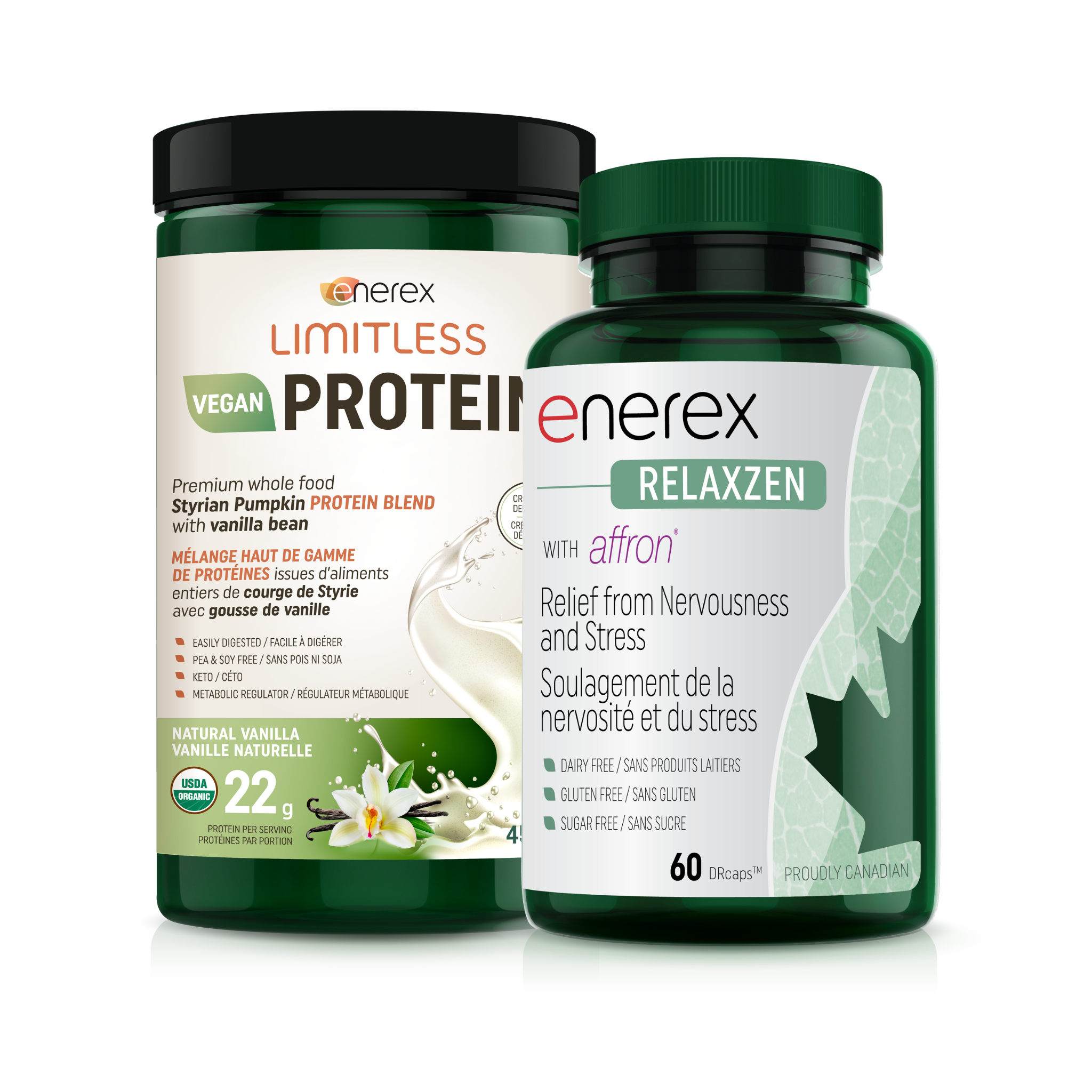
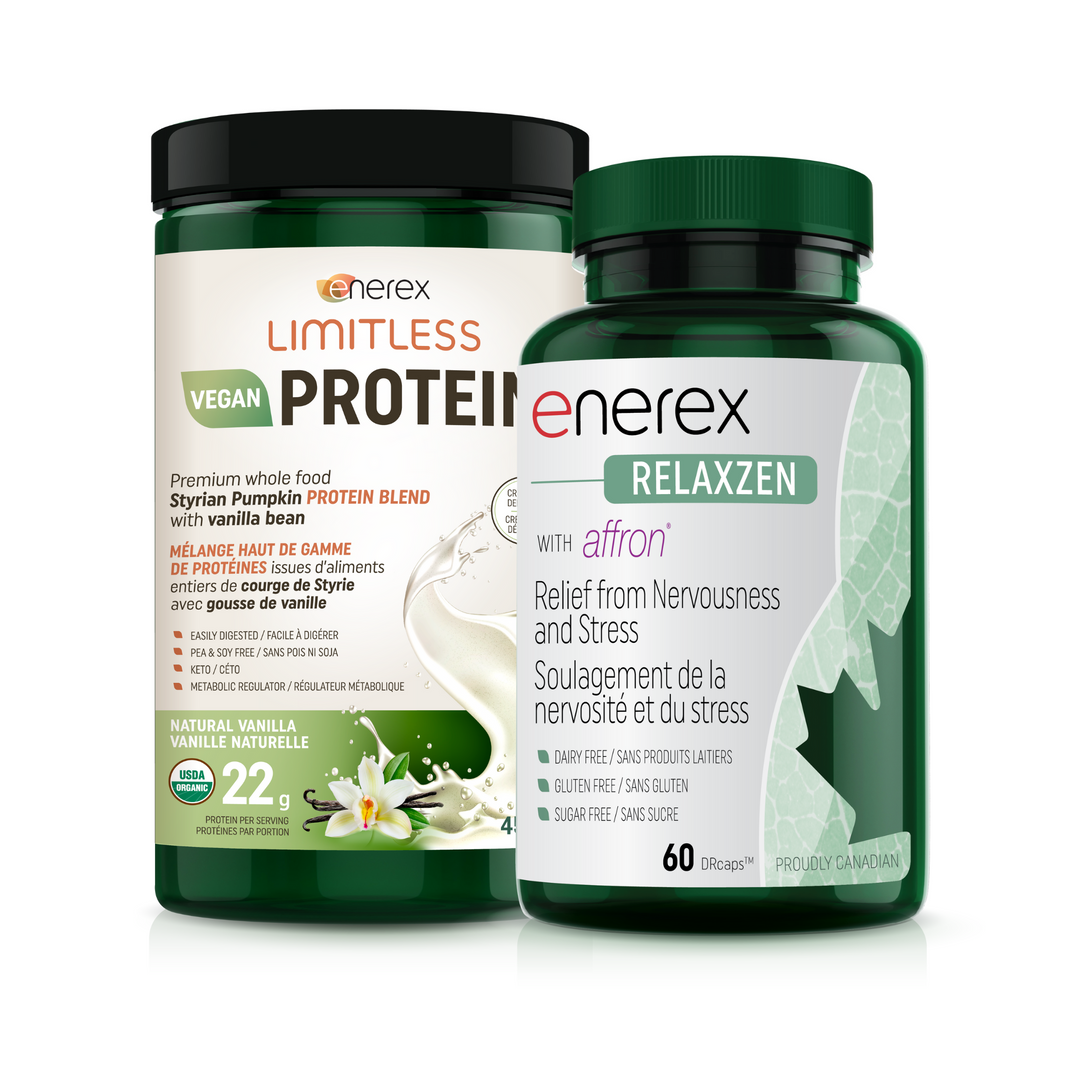




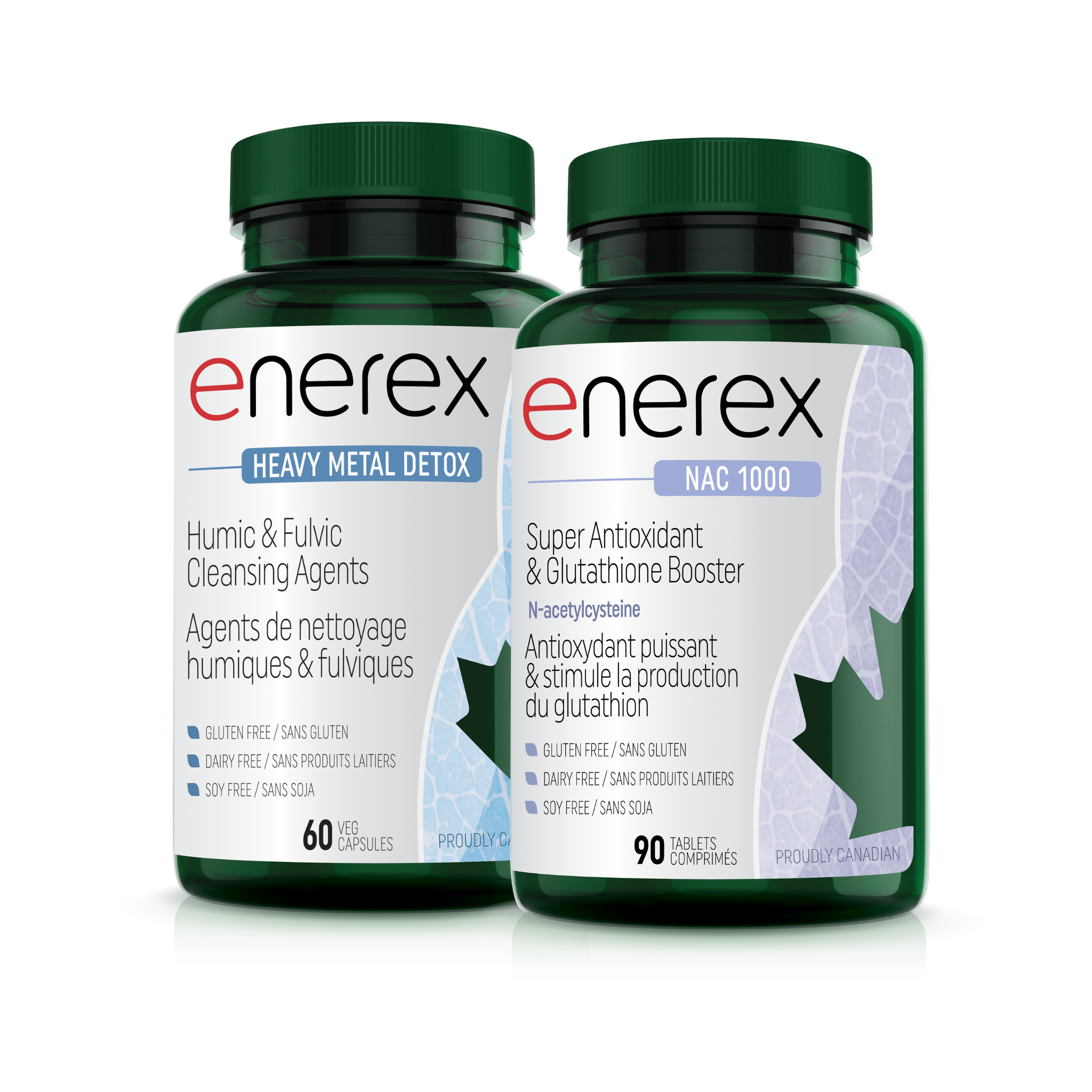
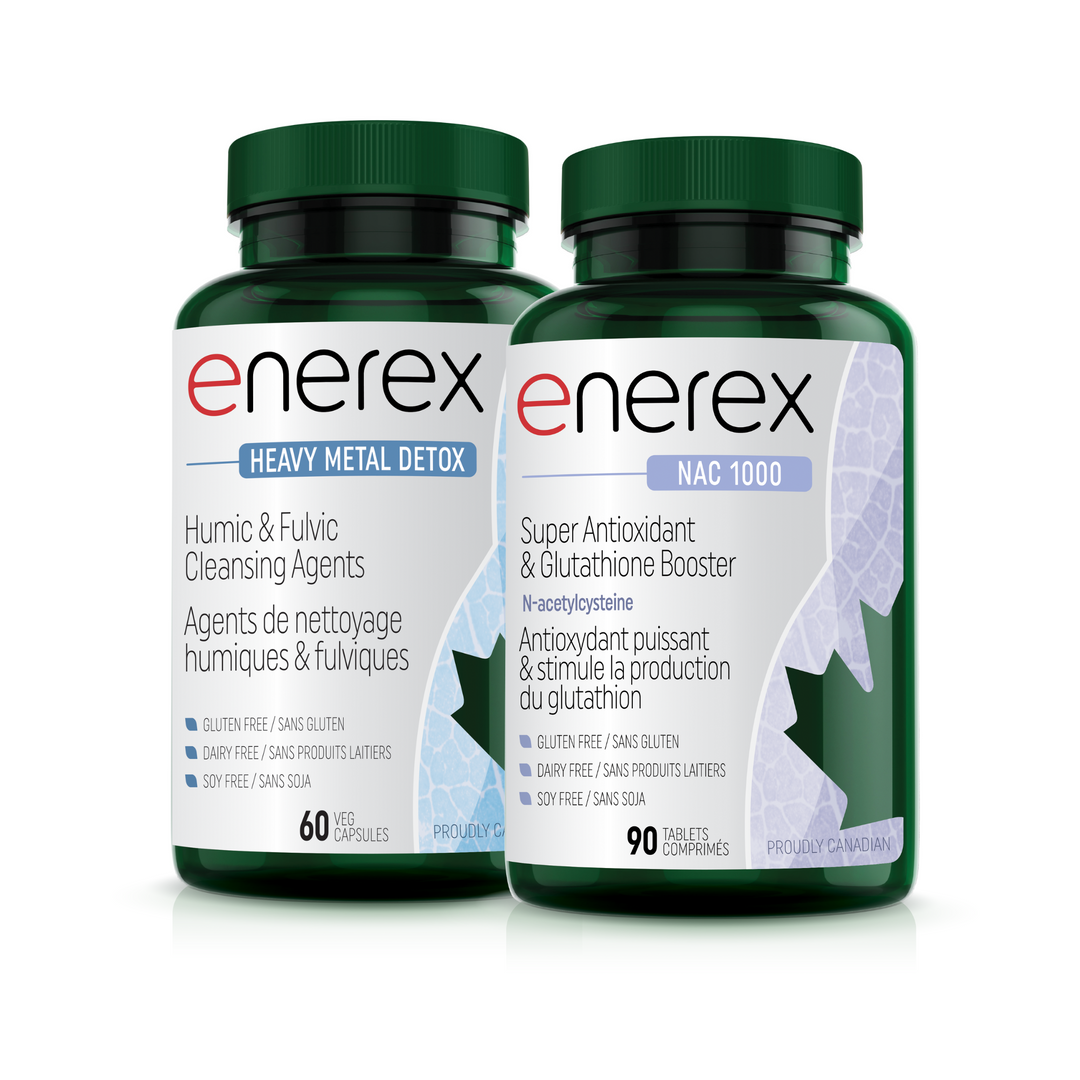
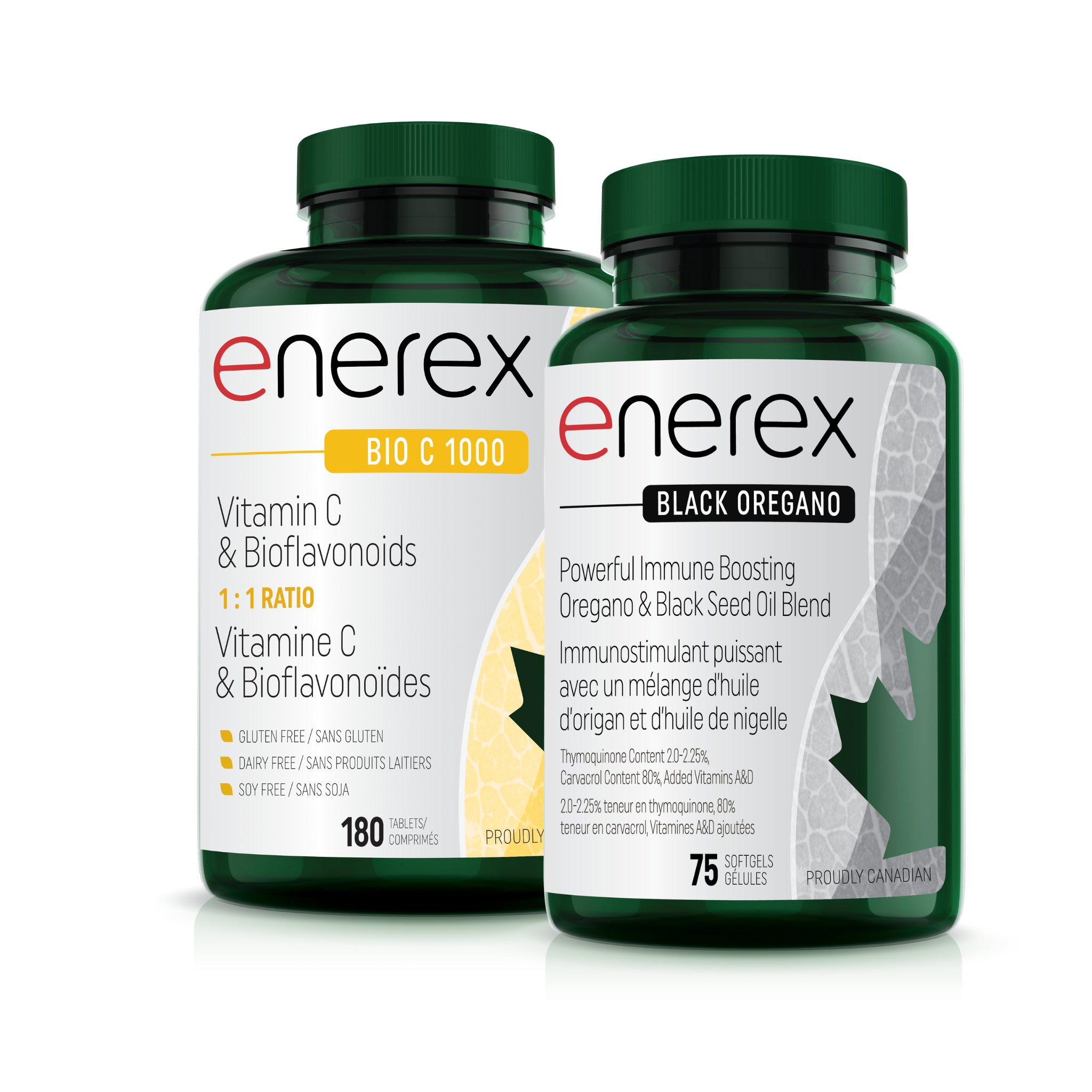
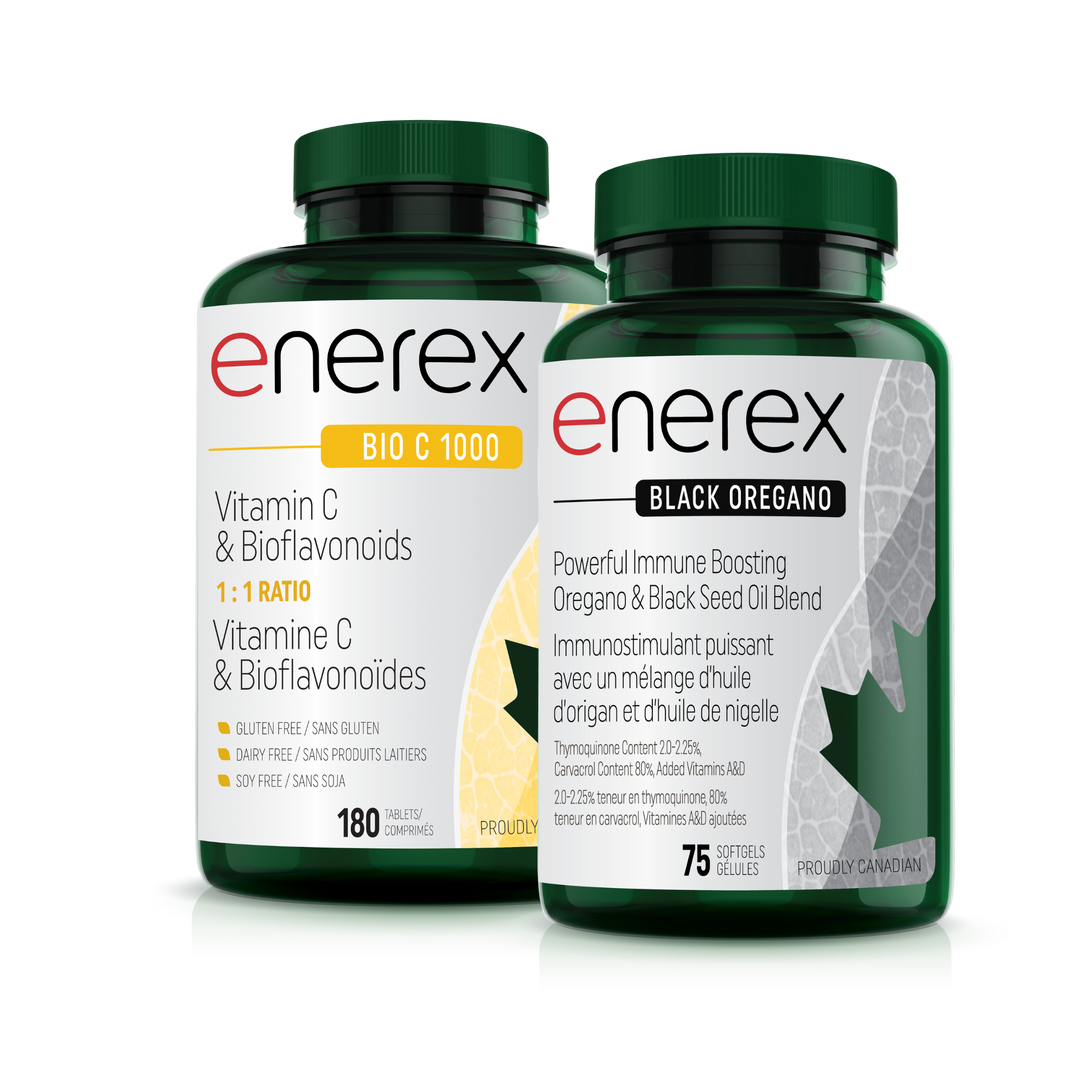
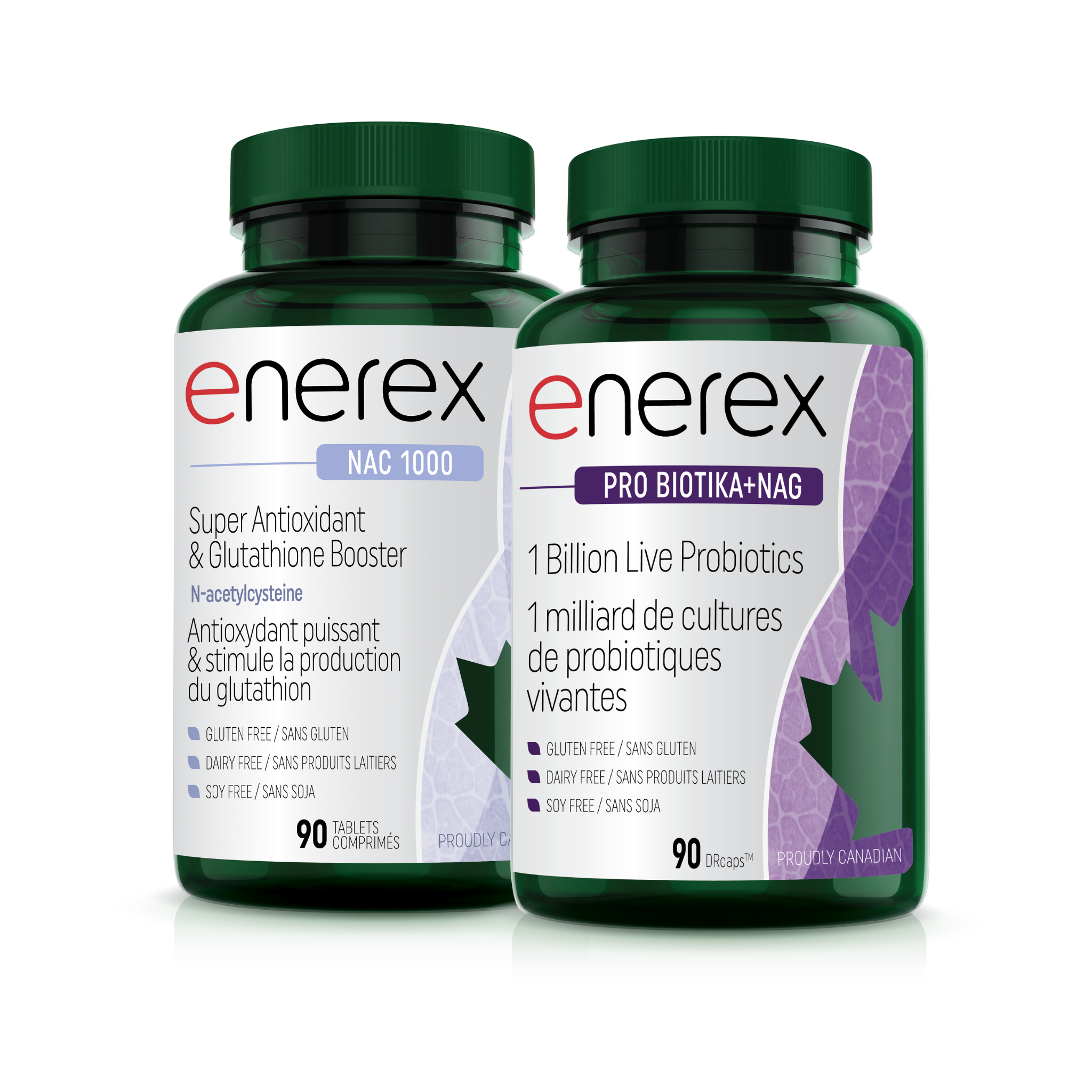
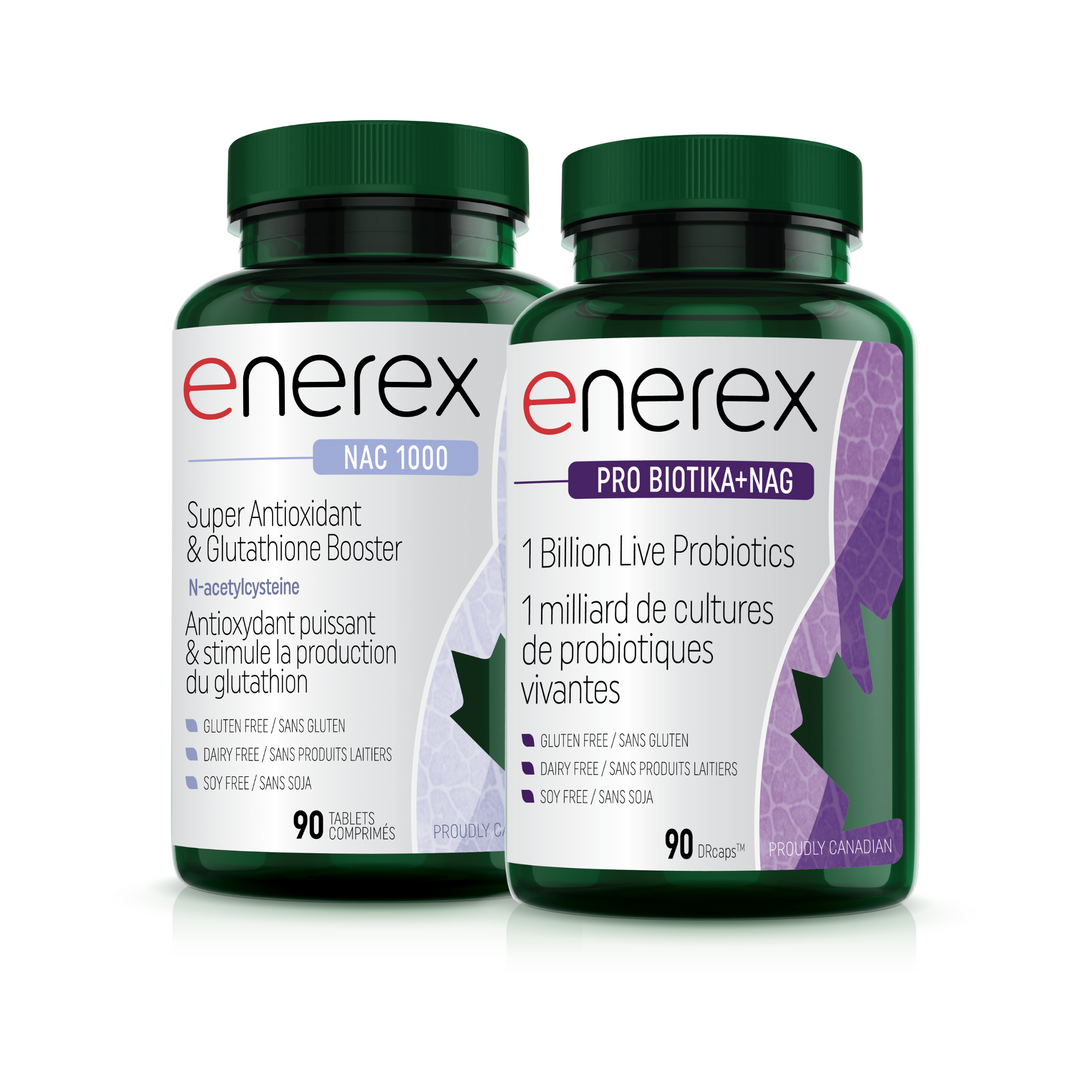
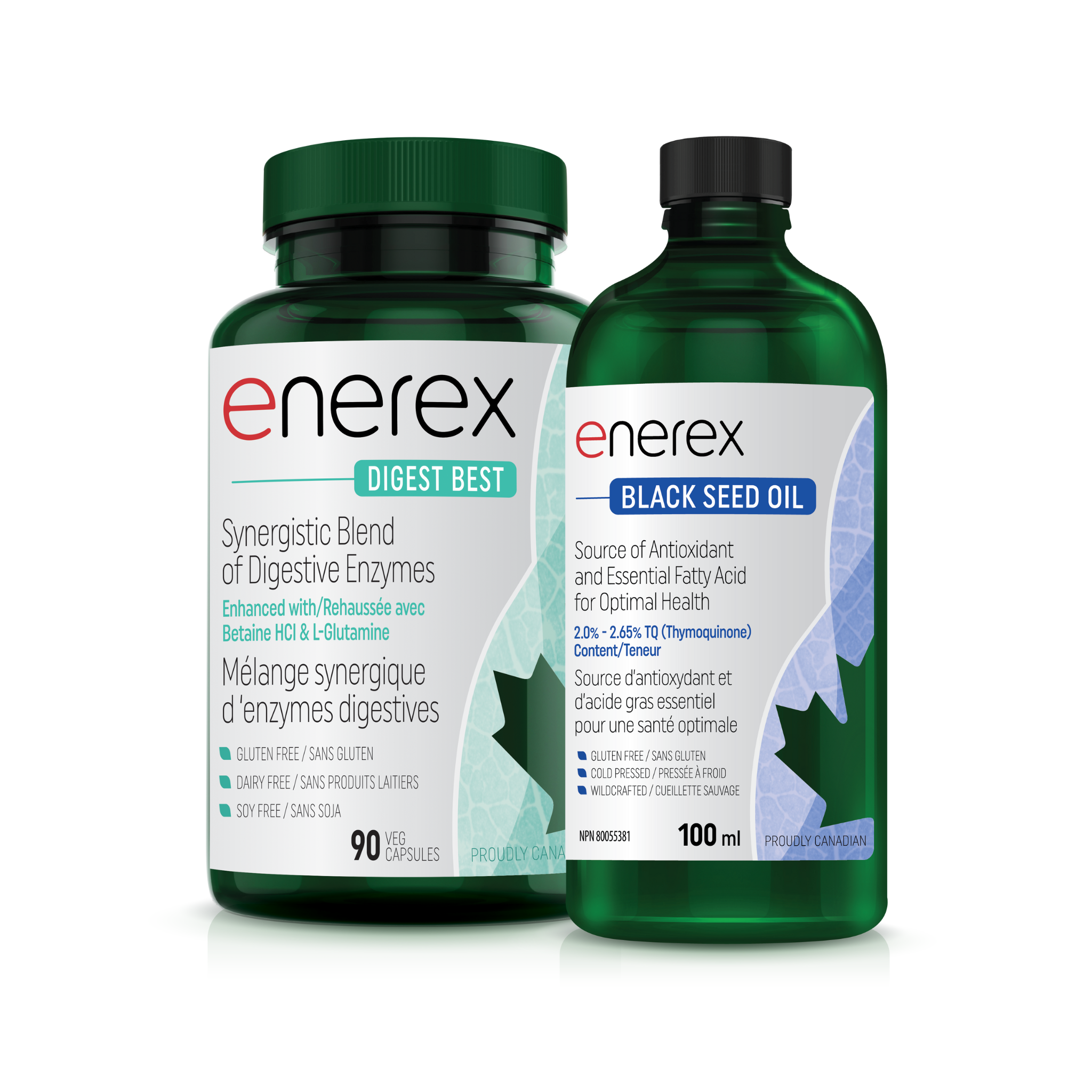
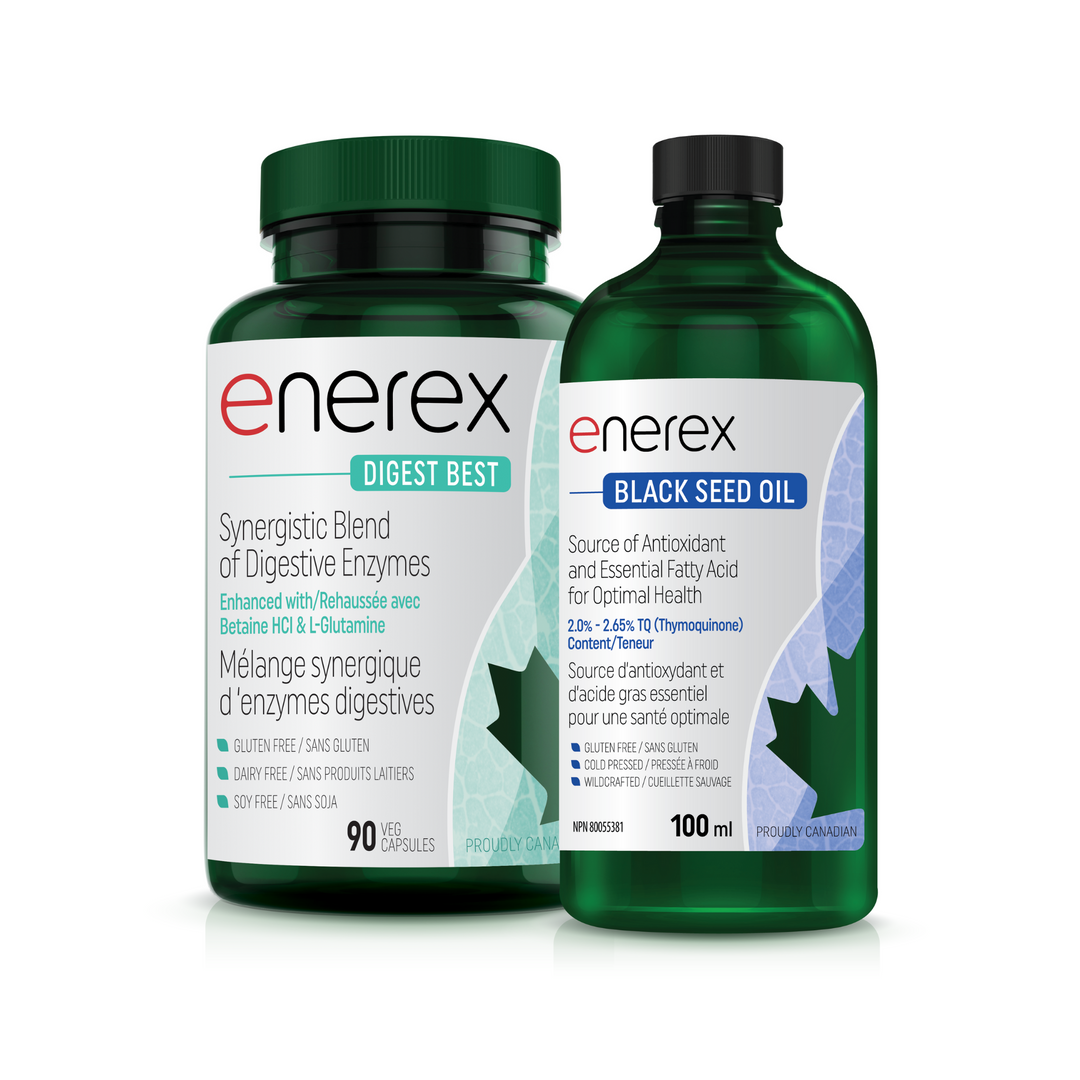
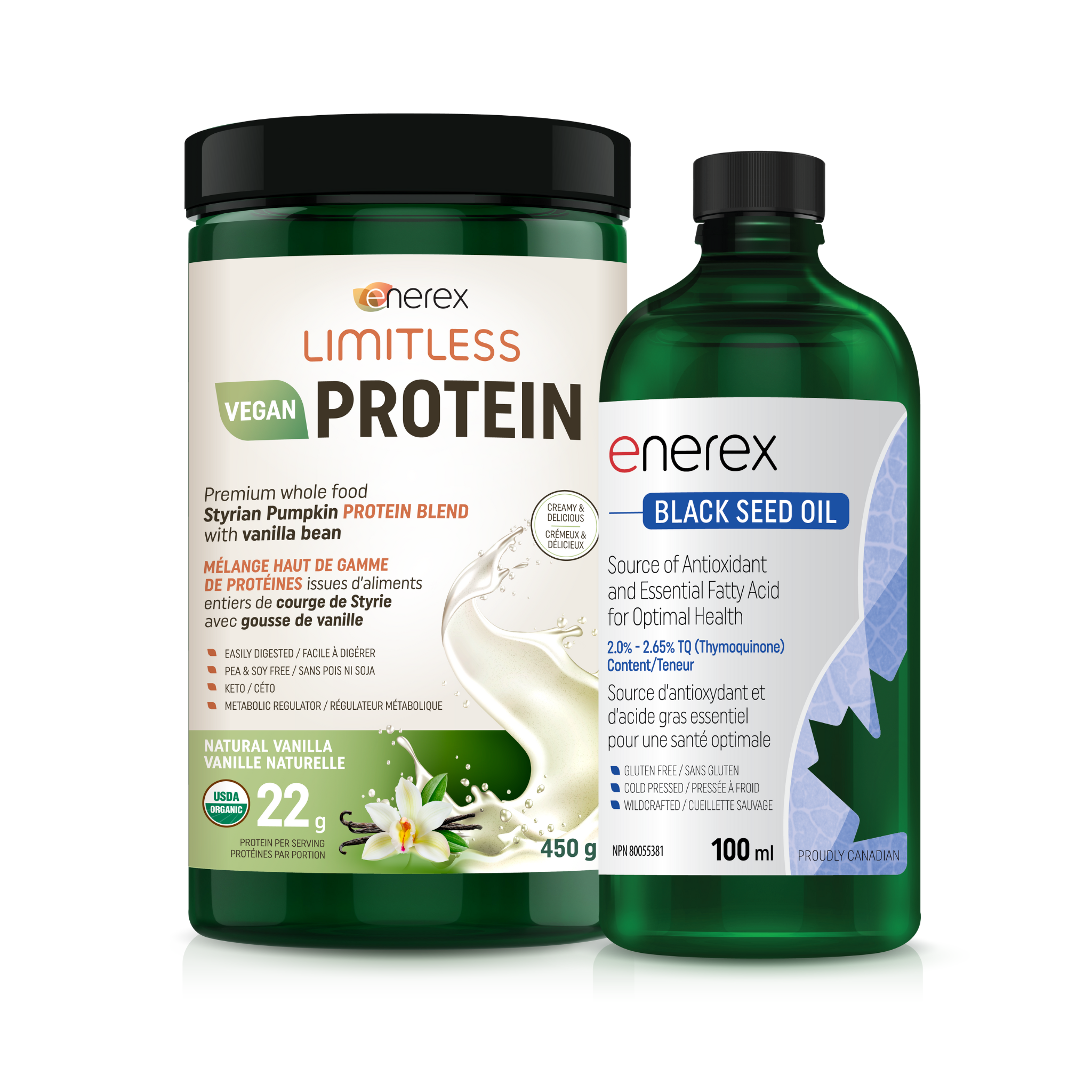
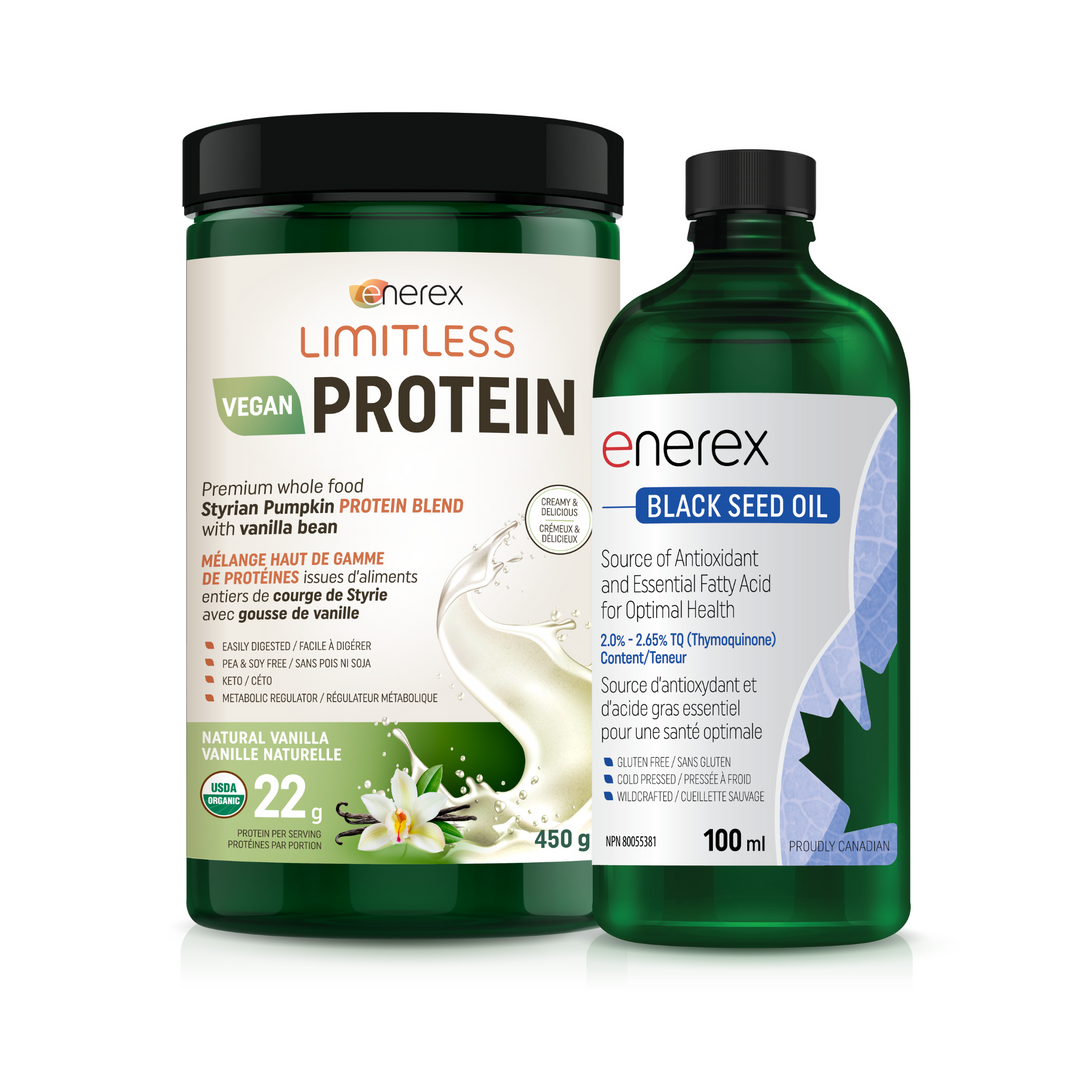
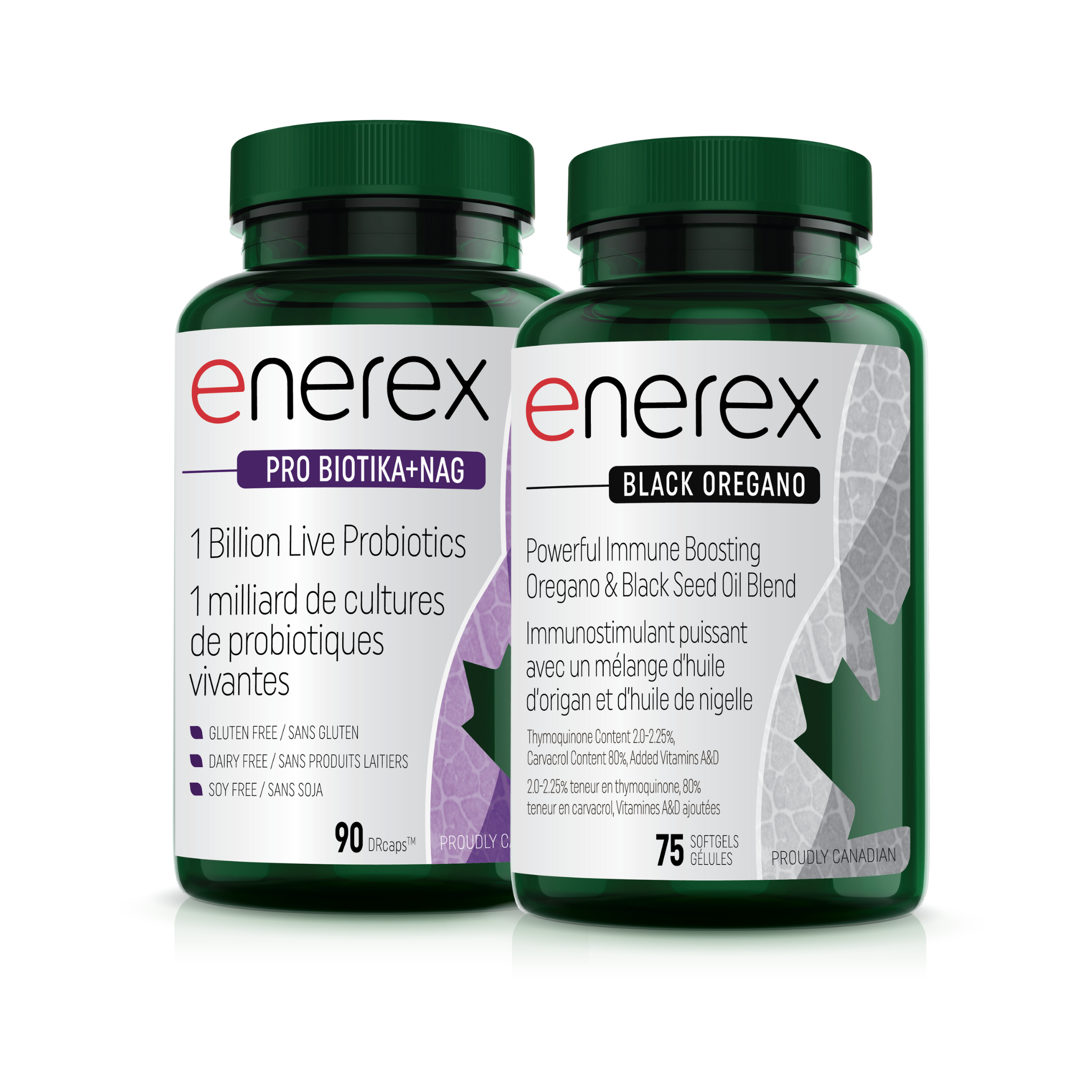
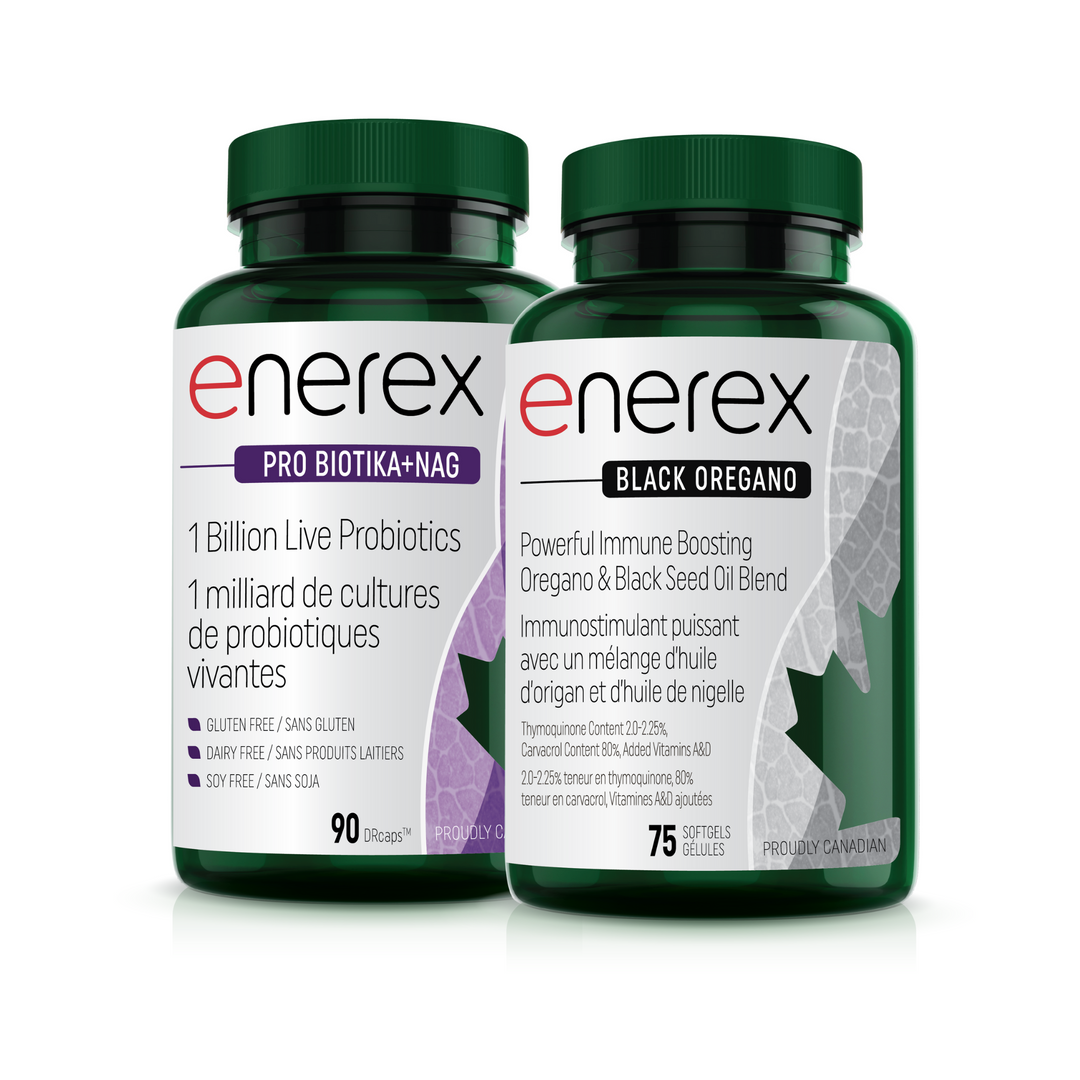
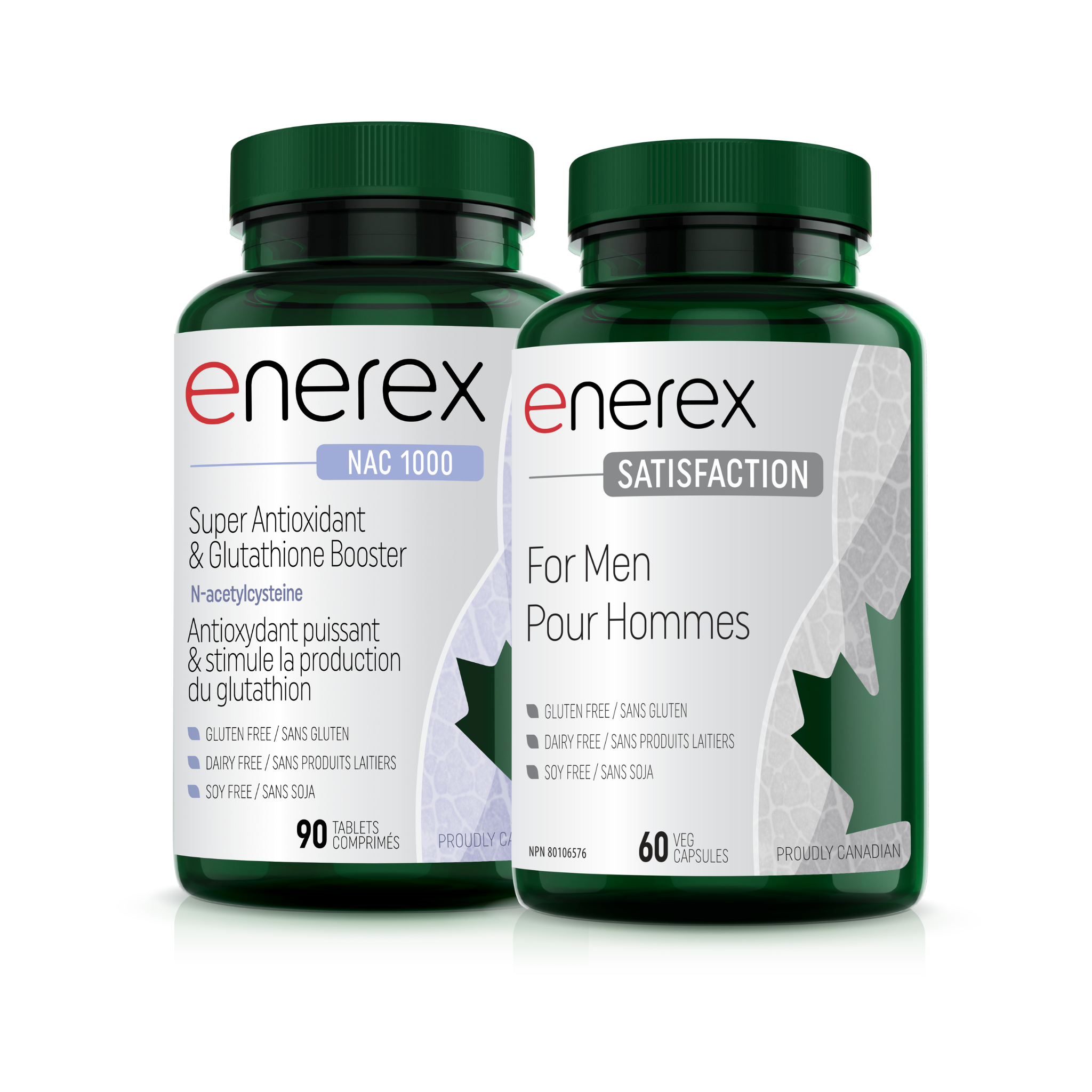
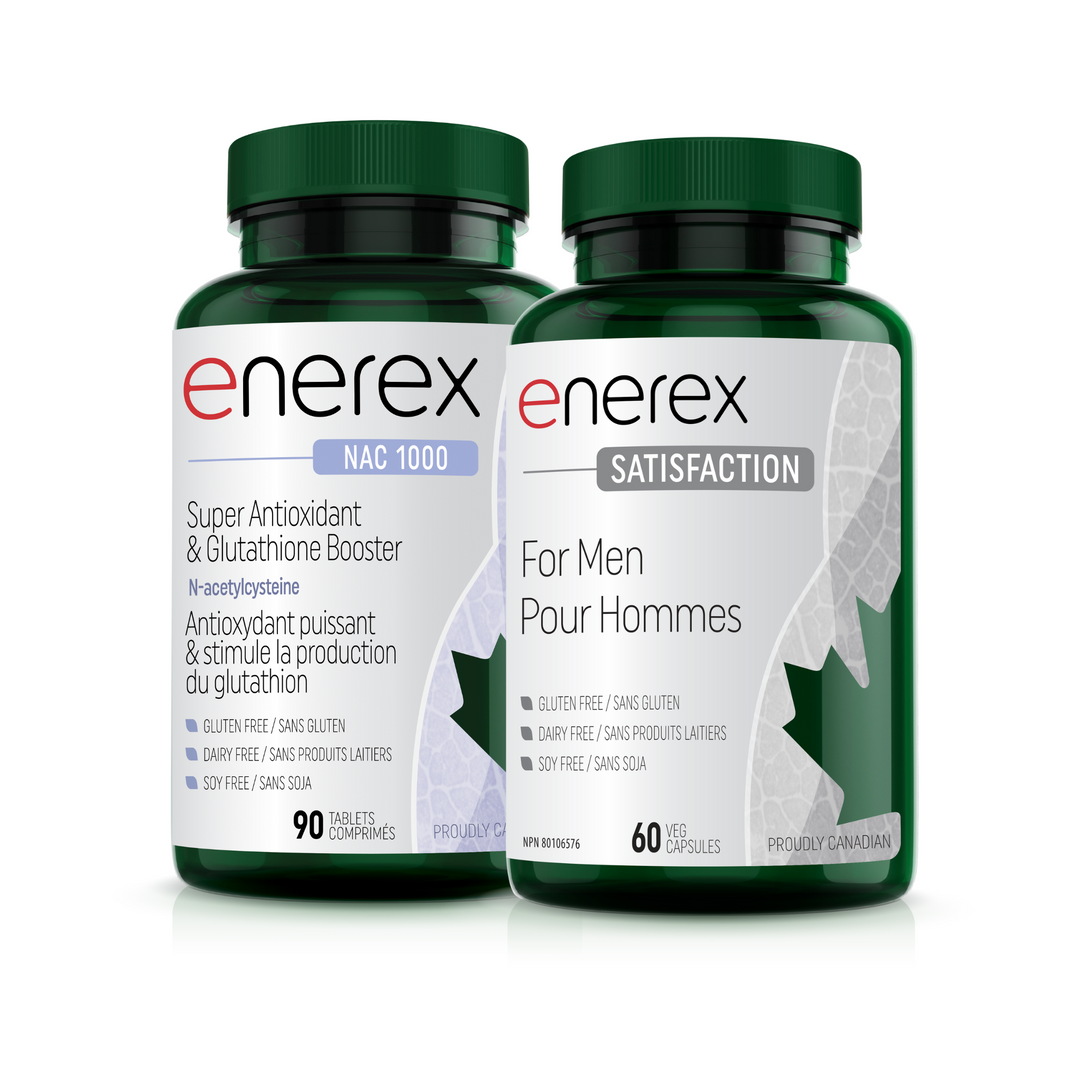
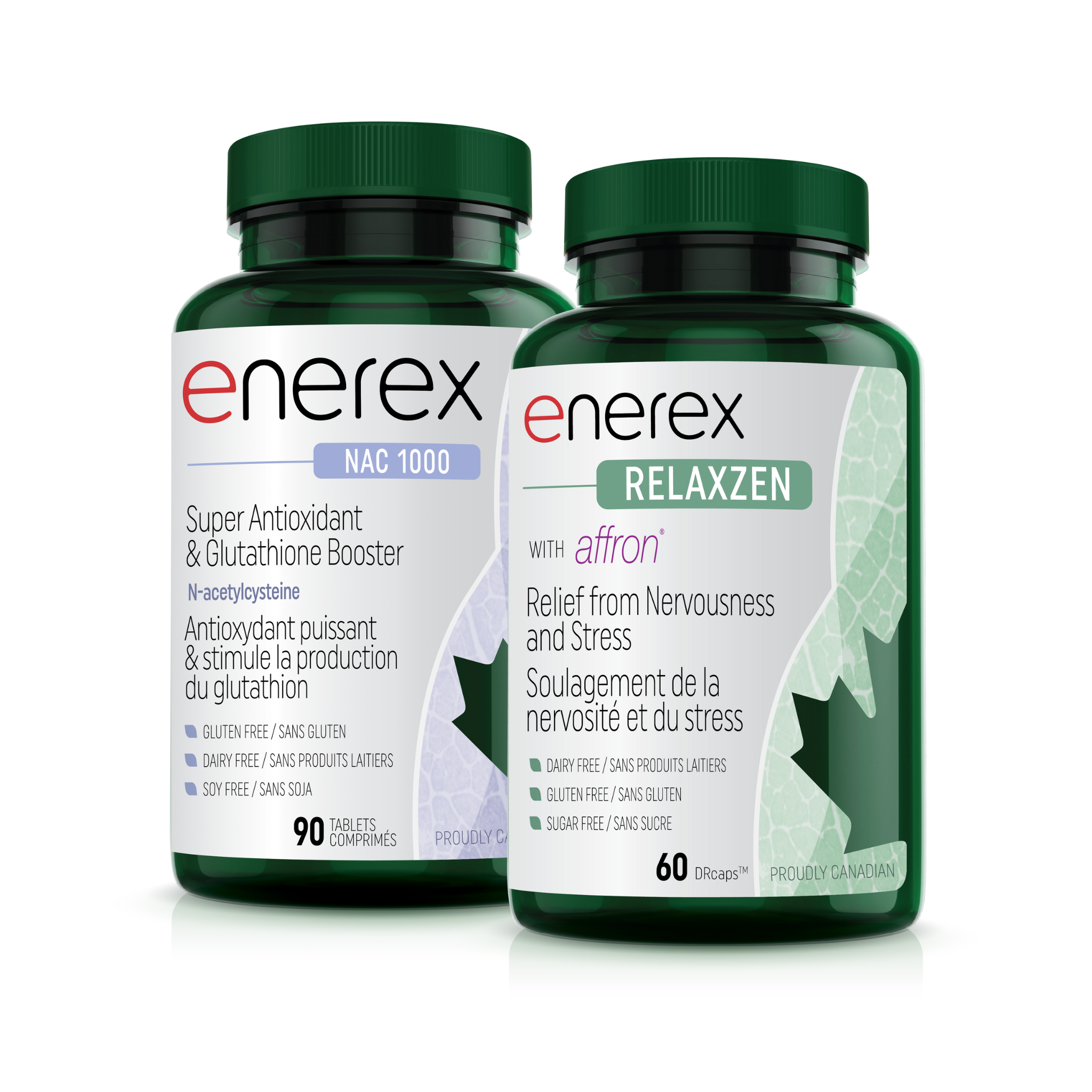
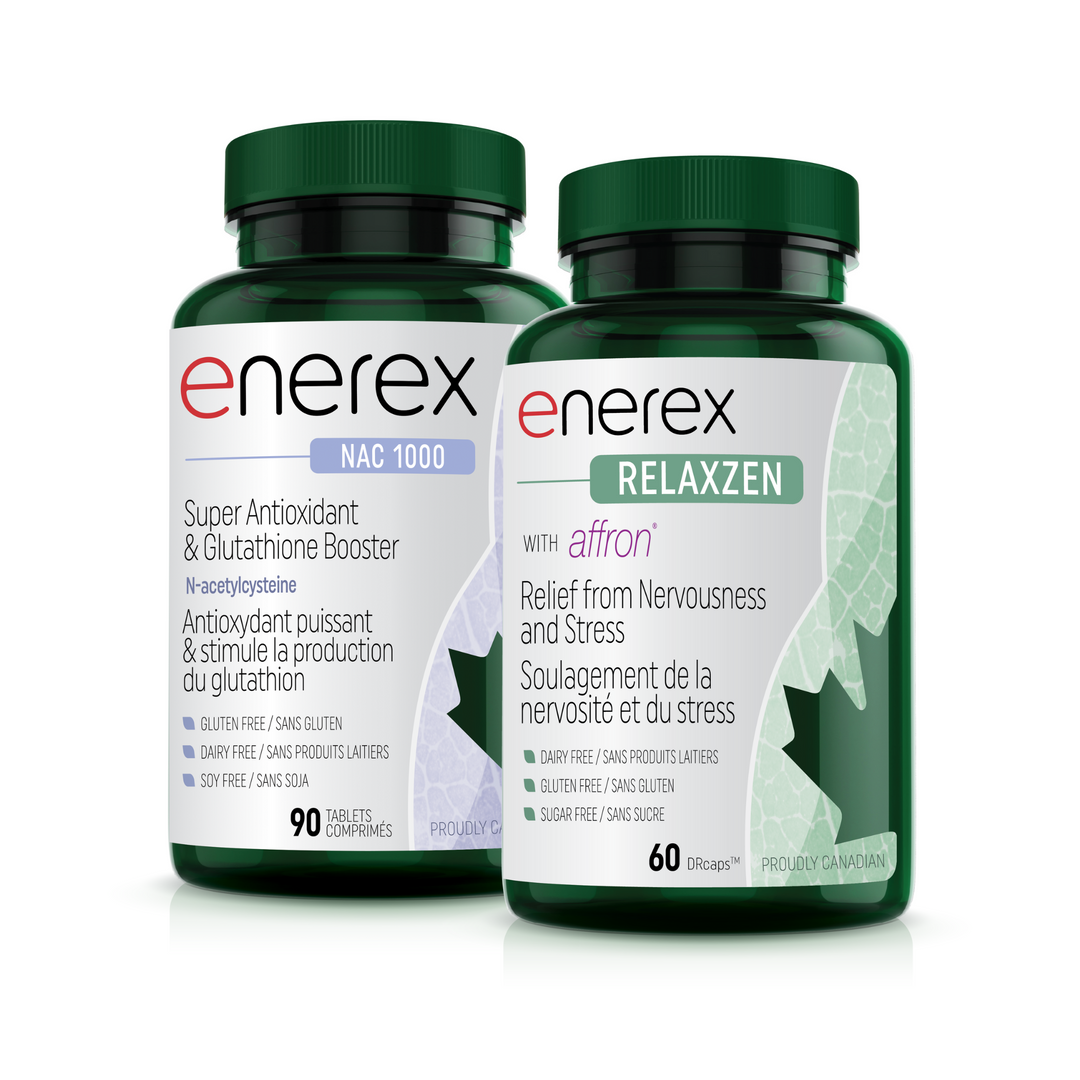

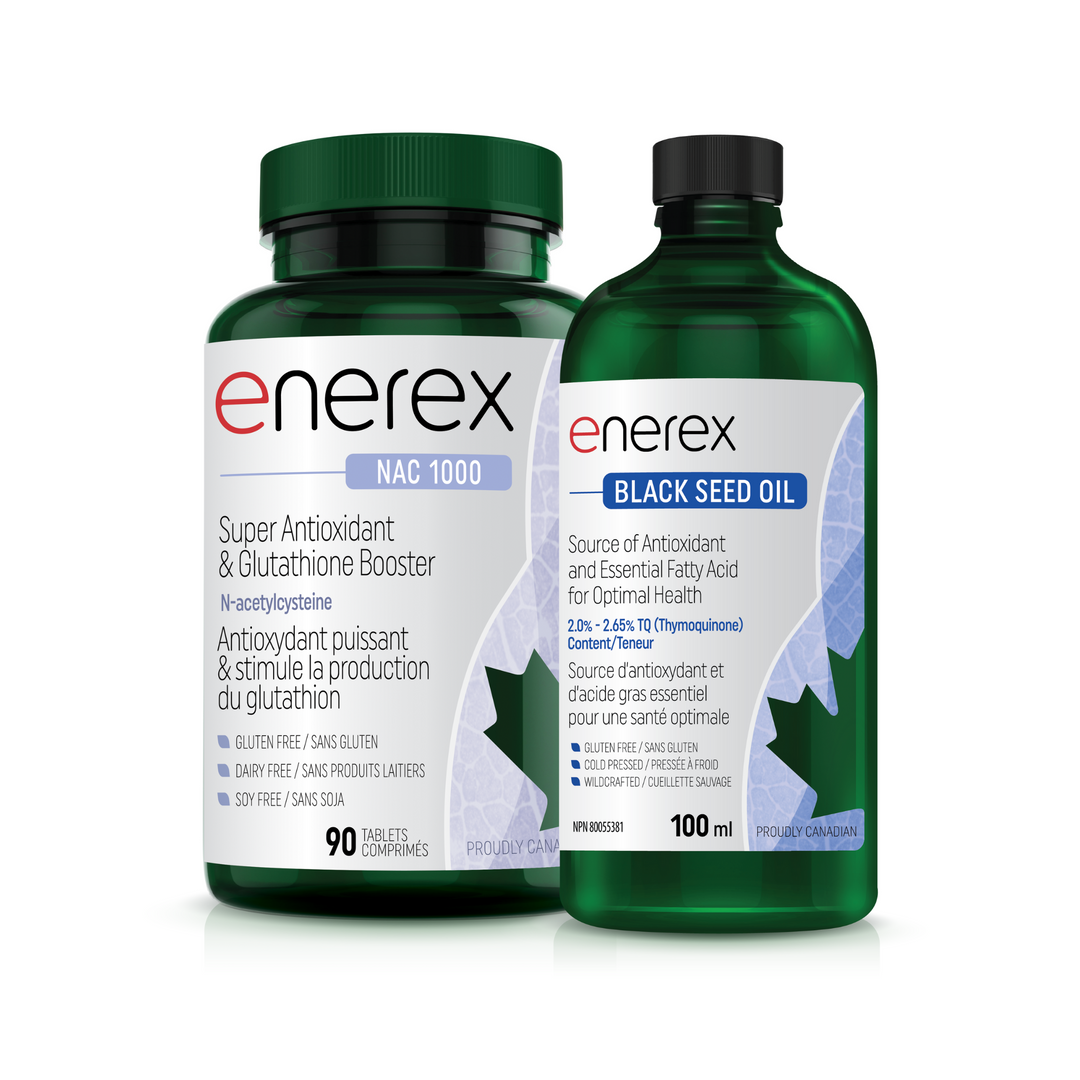
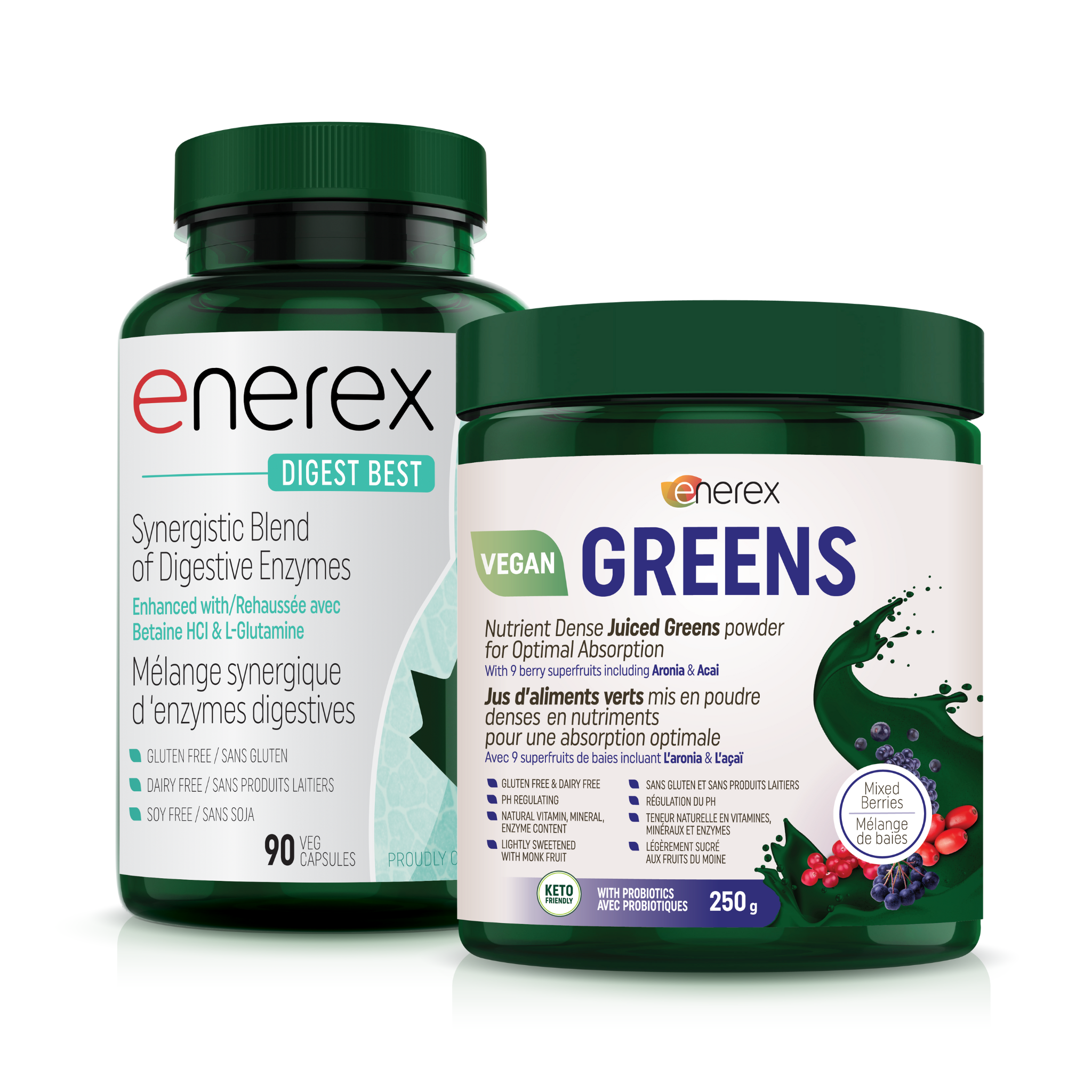
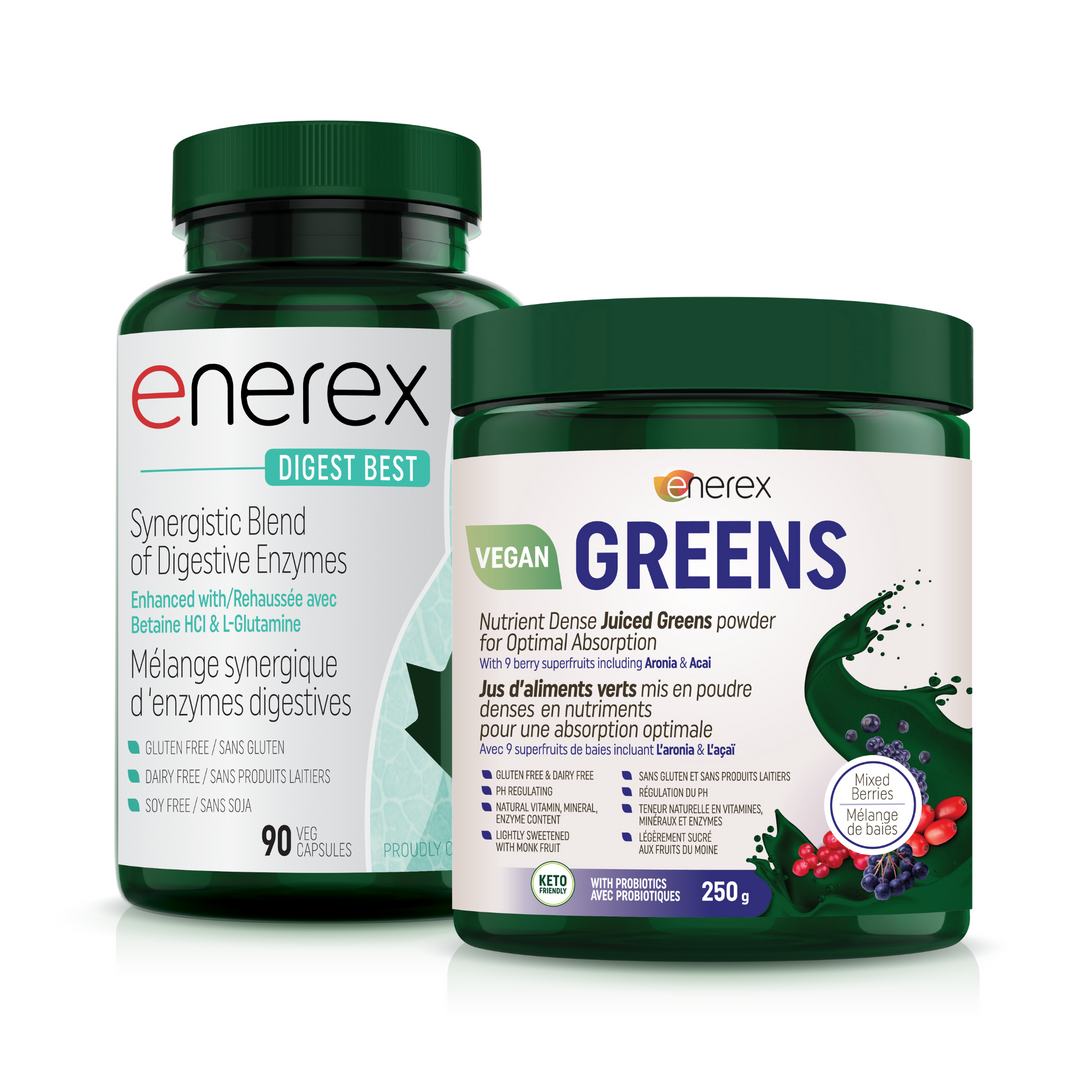
Leave a comment